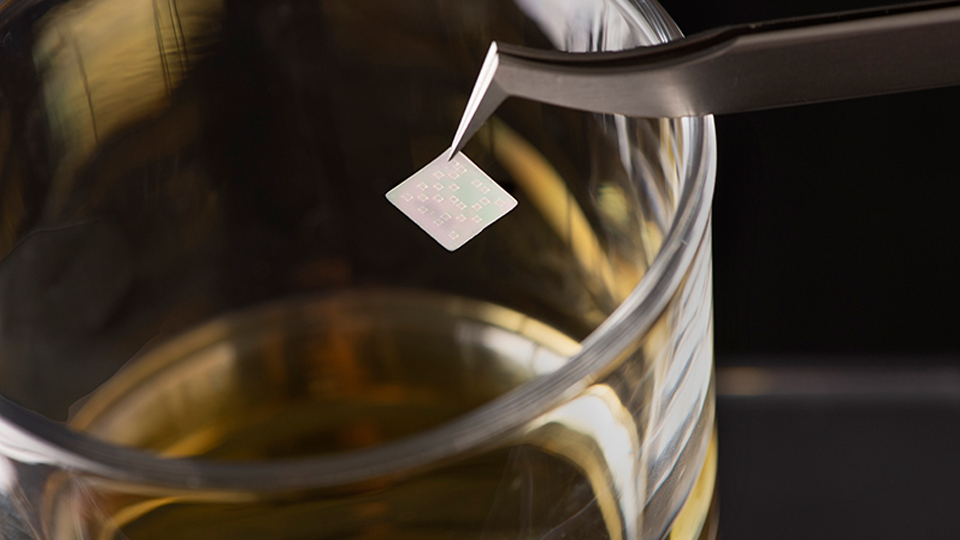Edible QR code could track fake pharmaceuticals
Subscriber Benefit
As a subscriber you can listen to articles at work, in the car, or while you work out. Subscribe Now
When a customer orders a cocktail made from top shelf spirits, how do they know they are getting what they are paying for? A biomedical engineering researcher and his team at Purdue University have devised edible QR code technology to help root out counterfeits. Not only can it help discover bogus libations, but Professor Young Kim says the new anticounterfeiting technology could also combat fake pharmaceutical products.
“We’re combining biomaterials in digital and computer science for pharmaceutical products and as well as medicines,” said Kim. “There are numerous examples of large amounts of fake medications sold throughout the world, which, in some instances, kill people.”
Professor Kim explains his work in an interview with the Associated Press. Listen here.
He says there are unscrupulous online pharmacies that sell controlled substances to teens. He says his work is extremely important for patients and buyers in addressing this issue.
“If you have this technology on or in your medicines, you can use your smartphone to authenticate. We want to empower patients to be aware of this issue. We want to work with pharmaceutical companies and alcohol producers to help them address this issue,” said Kim.
Kim explains some liquid medicines contain alcohol. They wanted to first test whiskey because of its higher alcohol content.
“Because they tolerate alcohol, the shape of the tag can be maintained for a long time,” said Kim.
A tiny, fluorescent silk tag with a QR code is placed in a liquor bottle by distillers. These methods use systems similar to barcodes and QR codes to help track, categorize and authenticate important products. Using a smartphone, the customer can determine if the product is authentic.
“Counterfeit items, such as medicines and alcohol, are big issues around the world,” said Kim.
Purdue says making the tags involves processing fluorescent silk cocoons from specialized silkworms to create a biopolymer, which can be formed into a variety of patterns to encode the information.
“In particular, our tag is composed of proteins without using any artificial and synthetic materials. So, it is safe to eat. It is edible, and it is digestible,” Kim adds the technology is also invisible to the naked eye.
The team says the tags have not affected the taste of the whiskey. However, Kim says the technology may protect customers,” against illicit product in maintaining sustainable healthcare supply chains.”
